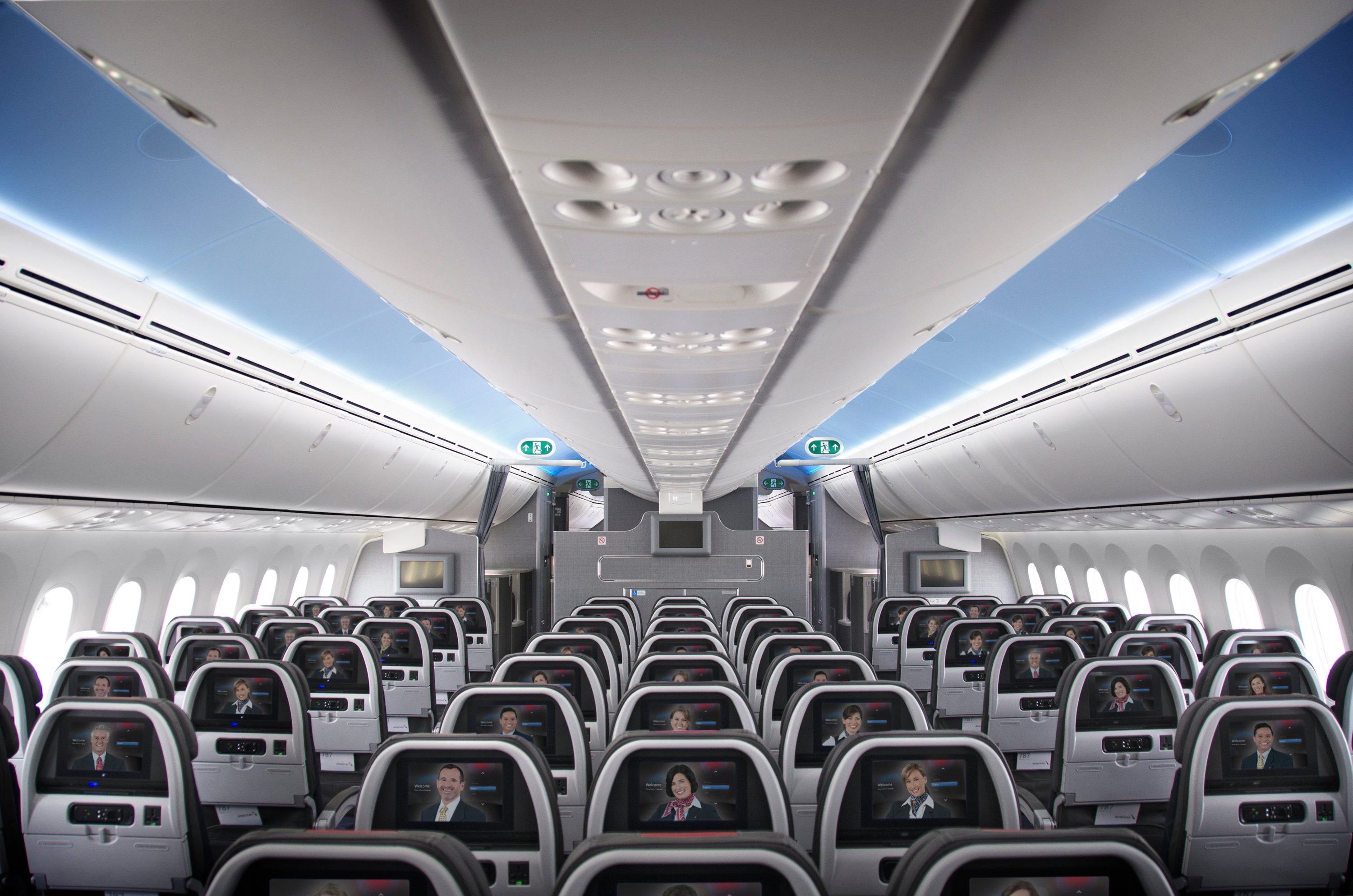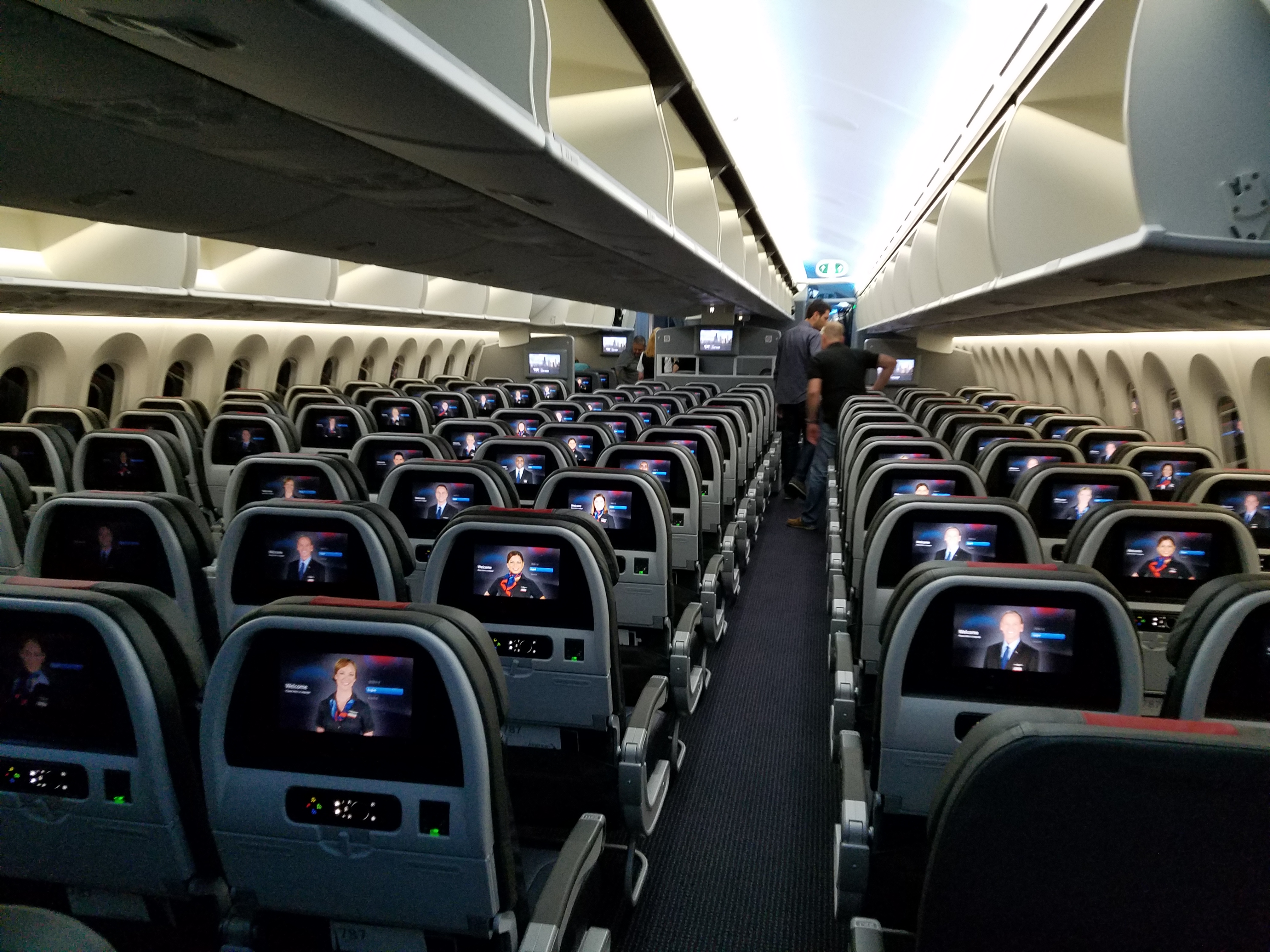Soaring to New Heights: The Evolution and Features of American Airlines Planes
American Airlines is one of the largest and most recognizable airlines in the world, with a rich history that spans over 90 years. From its humble beginnings as a small regional airline to its current status as a global giant, American Airlines has evolved significantly over the years. One of the key factors that has contributed to its success is its fleet of modern and efficient aircraft. In this article, we will delve into the world of American Airlines planes, exploring their history, features, and what makes them some of the most advanced aircraft in the skies.
American Airlines has a vast fleet of over 900 aircraft, including Boeing 737, 757, 767, 777, and 787 Dreamliner. The airline's fleet is a testament to its commitment to innovation and customer satisfaction. With its fleet of modern aircraft, American Airlines offers a wide range of services and amenities that cater to the diverse needs of its passengers.
History of American Airlines Planes
The history of American Airlines planes dates back to the 1920s, when the airline was founded as a small regional carrier. Over the years, the airline has undergone significant changes, including mergers and acquisitions. One of the most notable mergers was the combination of American Airlines and US Airways in 2013, which created the world's largest airline.
Early Years: Boeing 314 and DC-3
American Airlines' first aircraft was the Boeing 314, a massive flying boat that was introduced in the 1930s. The Boeing 314 was a symbol of American Airlines' commitment to innovation and progress. In the 1940s, the airline introduced the DC-3, a revolutionary aircraft that transformed the airline industry. The DC-3 was a fuel-efficient and comfortable aircraft that made long-distance travel possible for the first time.
Development of the Boeing 707
In the 1950s, American Airlines played a significant role in the development of the Boeing 707, a groundbreaking aircraft that revolutionized commercial aviation. The Boeing 707 was the first commercially successful jet airliner, and it marked a significant milestone in the history of American Airlines.
Modern Era: Boeing 737 and 777
In the 1970s, American Airlines introduced the Boeing 737, a highly popular narrow-body aircraft that has become a staple of the airline's fleet. The Boeing 737 has undergone several upgrades over the years, including the introduction of the 737 MAX, which is one of the most advanced narrow-body aircraft in the world.
The Boeing 777, introduced in the 1990s, is another iconic aircraft that has become synonymous with American Airlines. The 777 is a wide-body aircraft that offers exceptional range and efficiency, making it an ideal choice for long-haul flights.
Features of the Boeing 777
Some of the key features of the Boeing 777 include:
- A range of over 8,500 nautical miles
- A maximum takeoff weight of over 640,000 pounds
- A top speed of over 915 km/h
- A passenger capacity of up to 440 people
Advanced Technology: American Airlines' Fleet of the Future
American Airlines has invested heavily in advanced technology to enhance the passenger experience. Some of the features of its fleet include:
- Advanced in-flight entertainment systems
- High-speed Wi-Fi connectivity
- State-of-the-art in-flight meal and beverage service
- Ergonomic seating and adjustable lighting
Upgrade to the Boeing 787 Dreamliner
In 2014, American Airlines introduced the Boeing 787 Dreamliner, a revolutionary aircraft that offers exceptional fuel efficiency and passenger comfort. The 787 Dreamliner features advanced materials, including carbon fiber, which reduces fuel consumption and operating costs.
Maintenance and Upkeep: Keeping American Airlines Planes Flying High
Maintaining a fleet of over 900 aircraft is a complex task that requires significant resources and expertise. American Airlines has invested in advanced maintenance procedures and technology to ensure that its planes are always in top condition.
Regular Maintenance Schedule
American Airlines follows a regular maintenance schedule to ensure that its planes are airworthy and safe to fly. The schedule includes:
- Daily inspections and checks
- Weekly maintenance and repair work
- Monthly overhaul and testing
Safety Features: American Airlines' Commitment to Safety
Safety is always the top priority for American Airlines. The airline has implemented a range of safety features to ensure that its passengers are protected at all times.
Advanced Safety Features
Some of the advanced safety features of American Airlines' planes include:
- Advanced weather radar systems
- Enhanced collision avoidance systems
- State-of-the-art fire suppression systems
Conclusion
American Airlines' fleet of modern aircraft is a testament to its commitment to innovation and customer satisfaction. From its early days as a small regional carrier to its current status as a global giant, American Airlines has always prioritized the needs of its passengers. With its advanced technology, efficient maintenance procedures, and strong safety record, American Airlines planes are some of the safest and most comfortable aircraft in the skies.
Chloandmatt Fansd
Hisashi Real Pos
Brad Pitt Height In Feet
Article Recommendations
- Who Is Lori Onhark Tank
- Google Places Local Rank Tracker
- Mingus Reedus
- Lidia Curanaj
- Brook Monk
- Blockchain
- Karen Velez
- Taylor Breesey
- Truman Hanks
- 5starsstocks Incometocks



